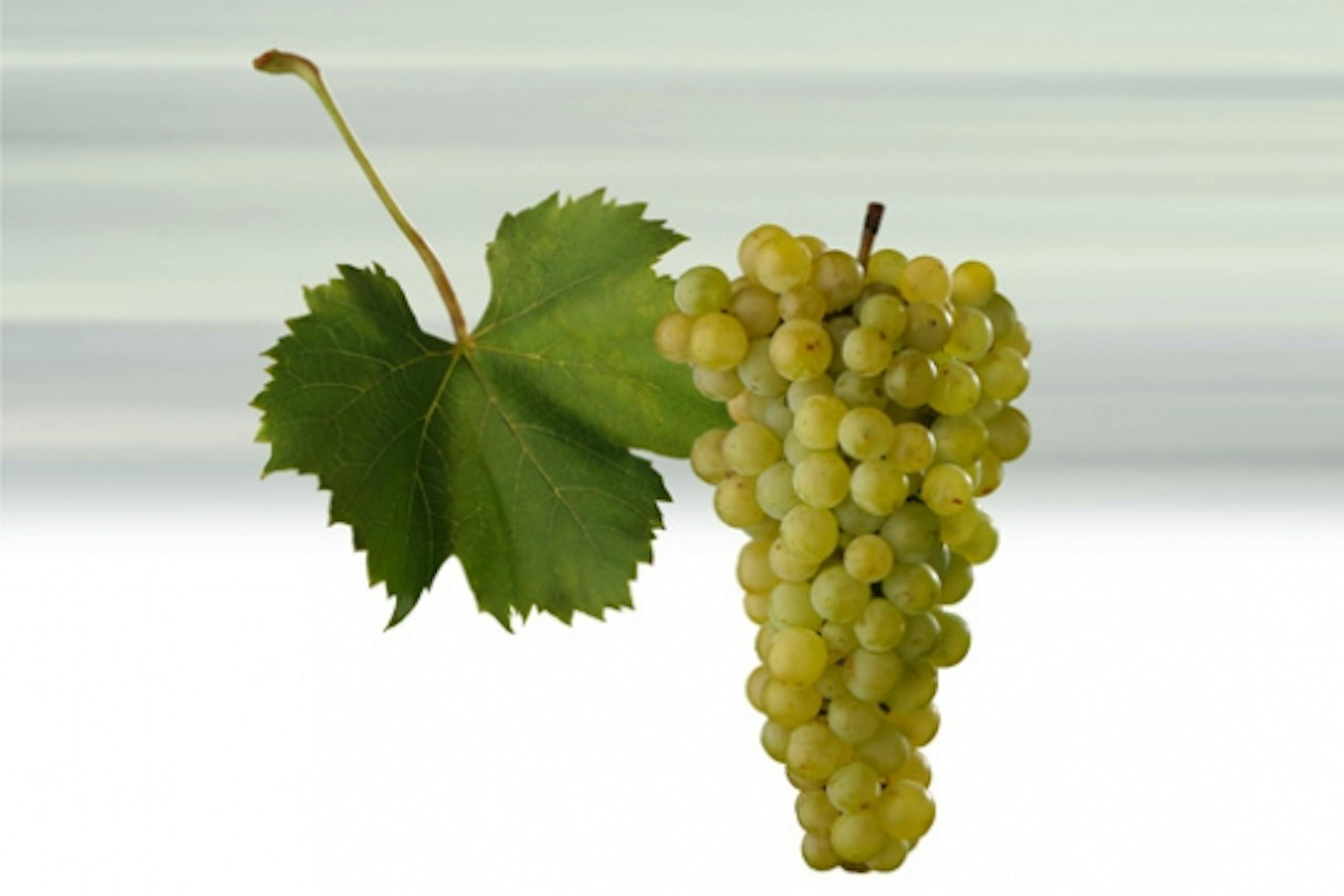Muscat of Moravia - fragrant white variety full of flowers
About
Synonymum: MOPR
1.8% of total vineyard plantings.
Entered in the State Register of Grape Varieties in 1987.
Golden-yellow tones with floral, muscatty aromas, light wines with pleasing balance and harmony when there is a sufficient amount of acidity.
Seeing that there was no suitable grape variety with a muscat aroma to be used for winemaking in our viticultural regions, the vine breeder V. Křivánek set about bridging this gap by crossing Muscat Ottonel and Prachttraube in the Vine Research Centre at Polešovice and his project was successful.

Moravian Muscat, also known as MOPR, very soon became the most widespread of all the new cultivars in this country.
The variety is of vigorous growth, has medium-sized leaves and its bunches are medium to large. Berries are medium-sized, round, golden-yellow, with a marked muscat aroma. Grapes ripen early. The variety is best suited to clay soils, which give a fuller wine. Acidity levels are on the low side and that is the reason why grapes must be harvested in good time for the production of dry wines if the wines are not to be flabby and uninspiring. In places where the grapes can be protected against birds, wasps and grey rot it is possible to obtain interesting wines with special attributes.
Working with grapes in the vineyard to produce a quality wine with a muscatty flavour is as much a part of the winemaker's art as the work in the cellar.
Working with grapes in the vineyard to produce a quality wine with a muscatty flavour is as much a part of the winemaker's art as the work in the cellar. Only wines with a sufficiently reductive character as well as pleasing acidity levels have any hope of gaining favour with the ever-demanding consumer. If the work is not up to standard, the wines will be hollow, thin, and with unpleasant whiffs of lactic acid.
Basic characteristics of quality wines:
Golden-yellow tones with floral, muscatty aromas, light wines with pleasing balance and harmony when there is a sufficient amount of acidity.
Translation © Helena & John Baker 2004.




